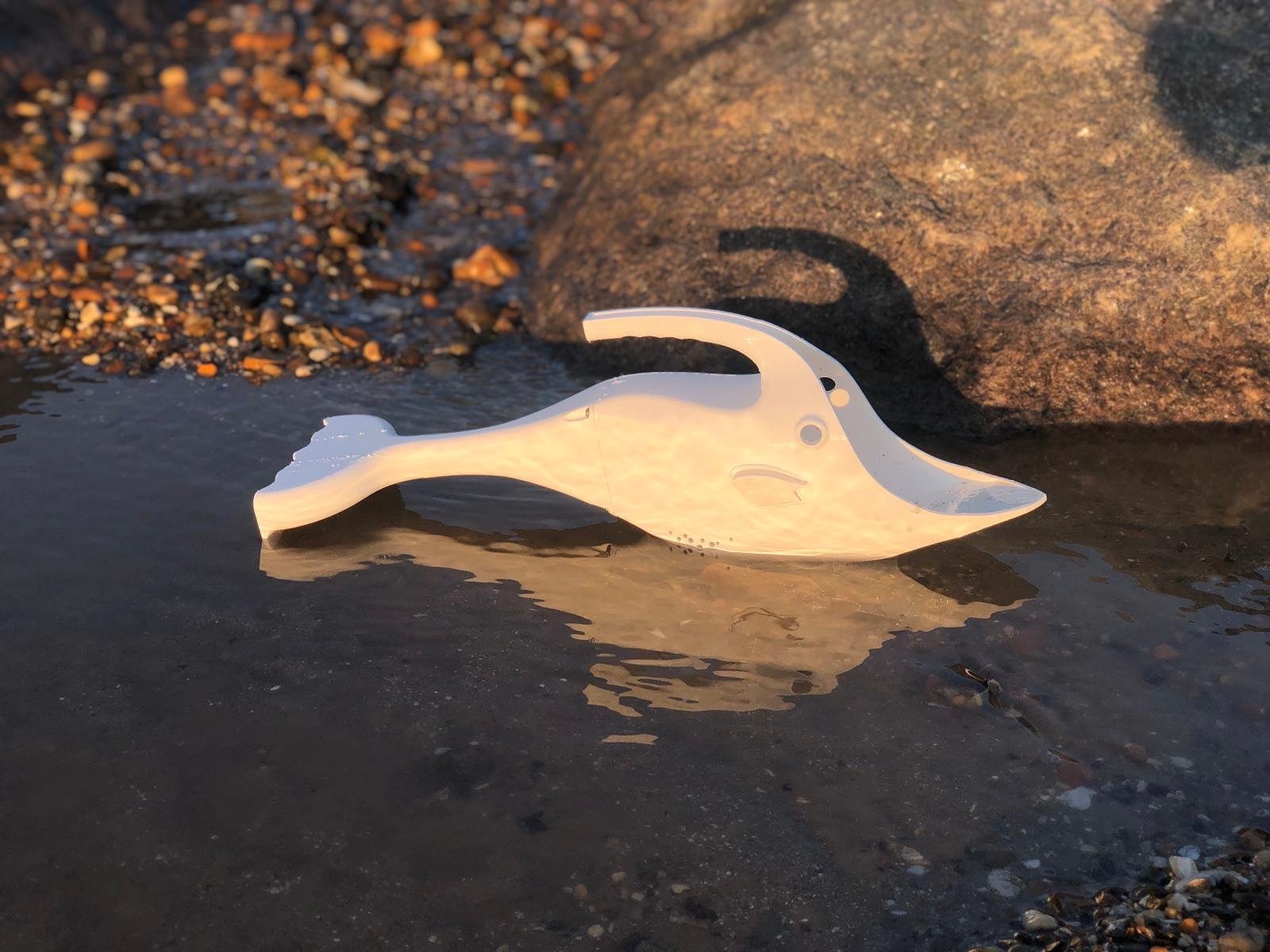
Product Design
Plastic toys have a high consumption rate, with one in three parents throwing away toys in working conditions, as children’s abilities and interests rapidly change in their early years. Beach spades can have a shorter useful life than other toys due to their low cost and quality materials; seasonal demand; user accessibility to a suitable play environment; and lack of emotional connection - hence perceived value of the toy.
This market problem was tackled by my university final year design project, where my brief was to redesign a beach spade for longevity and ergonomics. To reach this aim I set the objectives of preventing early failure and disposal of the toy. This would be done by increasing a spade's play potential, product value, strength, and ease of use.
The Iterative Design Process
An iterative cycle of prototyping and user trials were used to converge onto an optimised solution, which was supported by findings from market, user, and material studies.
Design Development
Results from market research, user testing with preschool children, and consumer feedback from parents of the user age group, were used to converge on the final design and update features for improved usability. This design was further reviewed for manufacturing methods, toy safety standards, and strength compared to competitors as to evaluate the products’ success against the design specification.
As an individual project, I was responsible for the management of project progress as well as the design work. I am therefore capable and well-rounded as a designer, where I can develop hand-drawn sketches to prototypes, using standard model making materials, CAD, or 3D printing, while providing technical documentation such as 2D drawings and material analysis studies. I can further organise and conduct user tests, write market research reports, and verbally present my design findings, to ensure the final design converges to meet technical specifications, the design brief, and the user needs.
Outcomes
The final prototype successfully redesigned a children’s beach spade. The multifunctional, ergonomic, and biomimetic design provided multiple means of entertainment and ensured ease of use - resulting in a play potential approximately 50% greater than competitor products in user trials. This increase in user value and potential emotional connection to the toy suggests that the prototype is likely to reduce early disposal, as consumers view the spade as a high-value toy over a low-value tool. However, future long-term deprivation and ergonomic studies are necessary, as to indicate the degree of the final design’s success and value to user/consumer groups.
Static force simulations showed the monocoque body of the final prototype to have significantly greater strength than a conventional spade. Consequently, the design has potential to meet the objective of increasing product longevity, with future improvements to handle strength and manufacturing feasibility when blow moulded in industry.

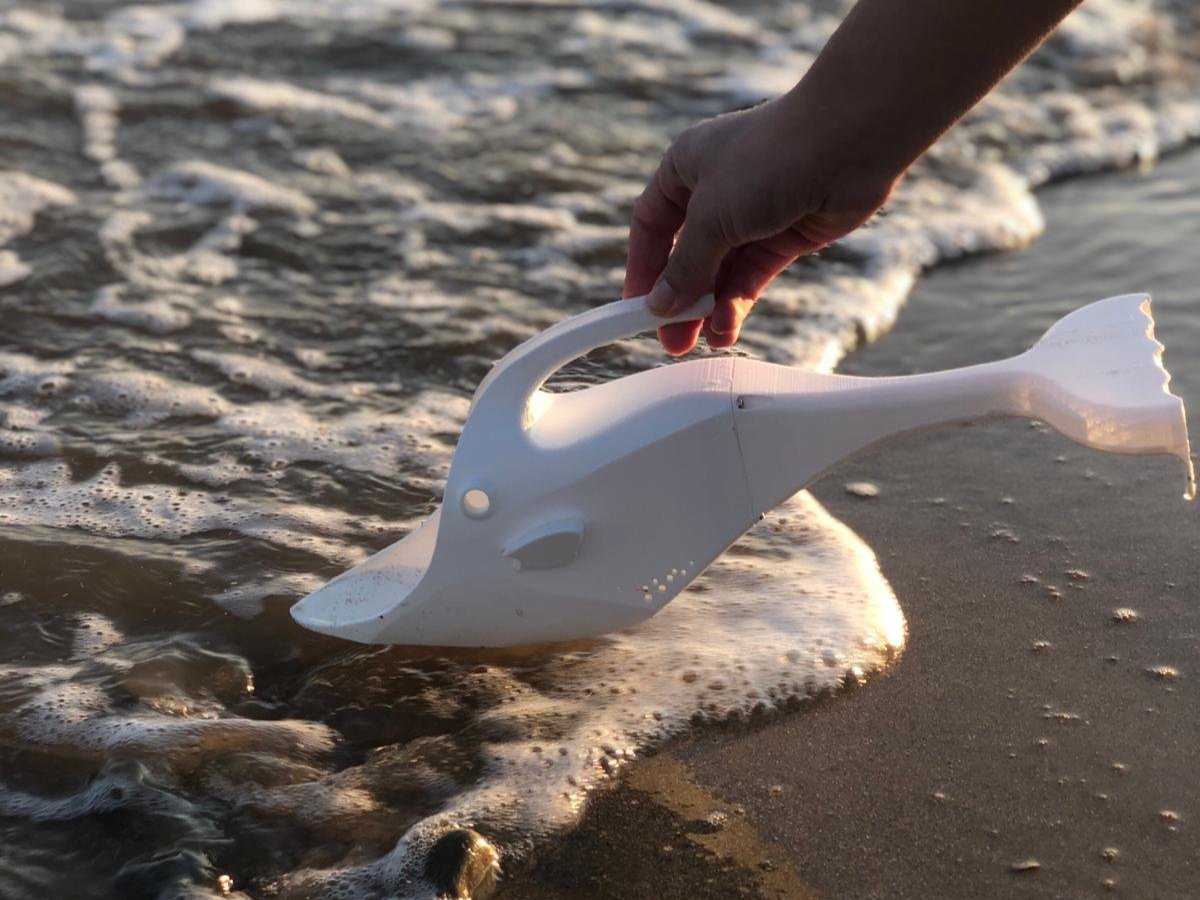
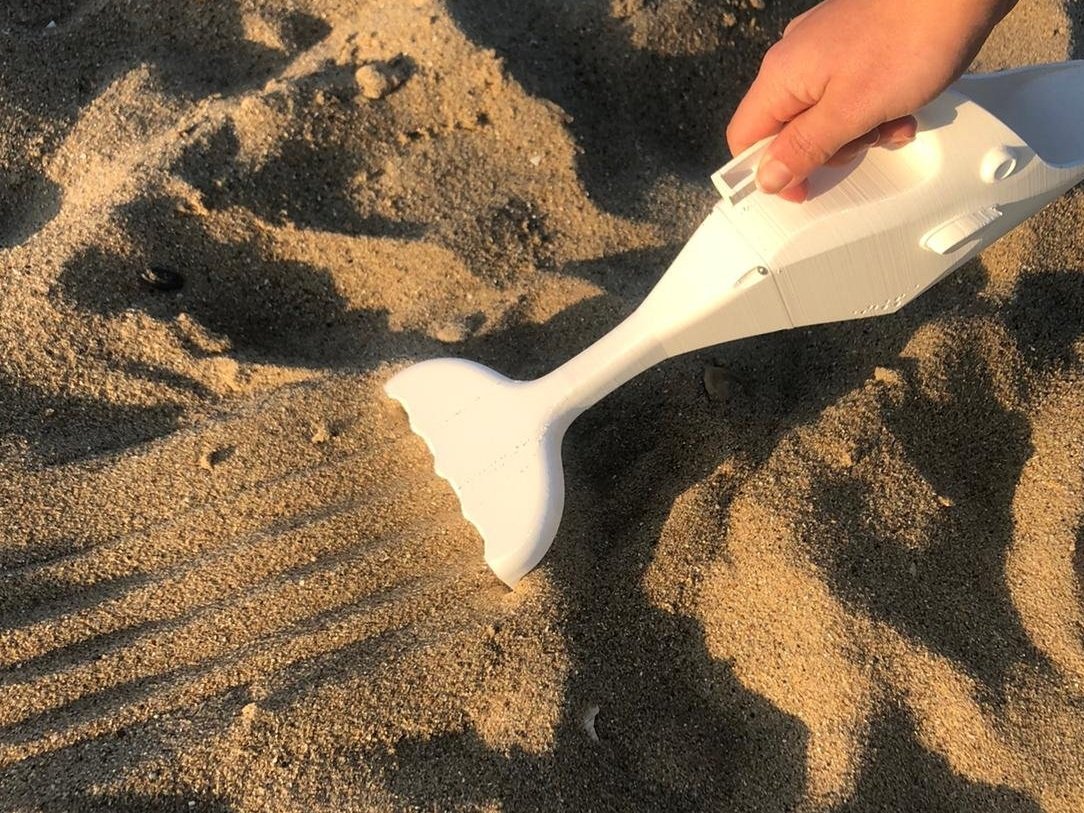

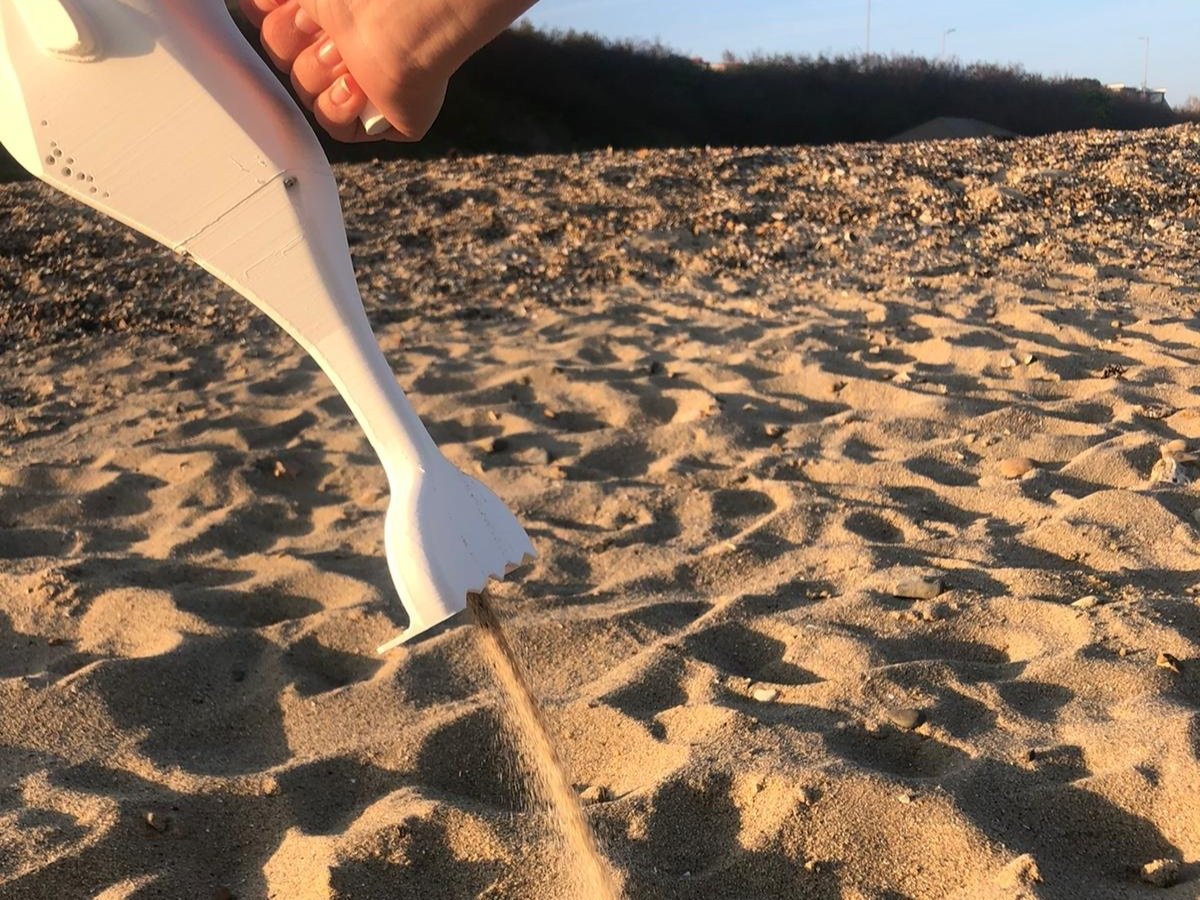
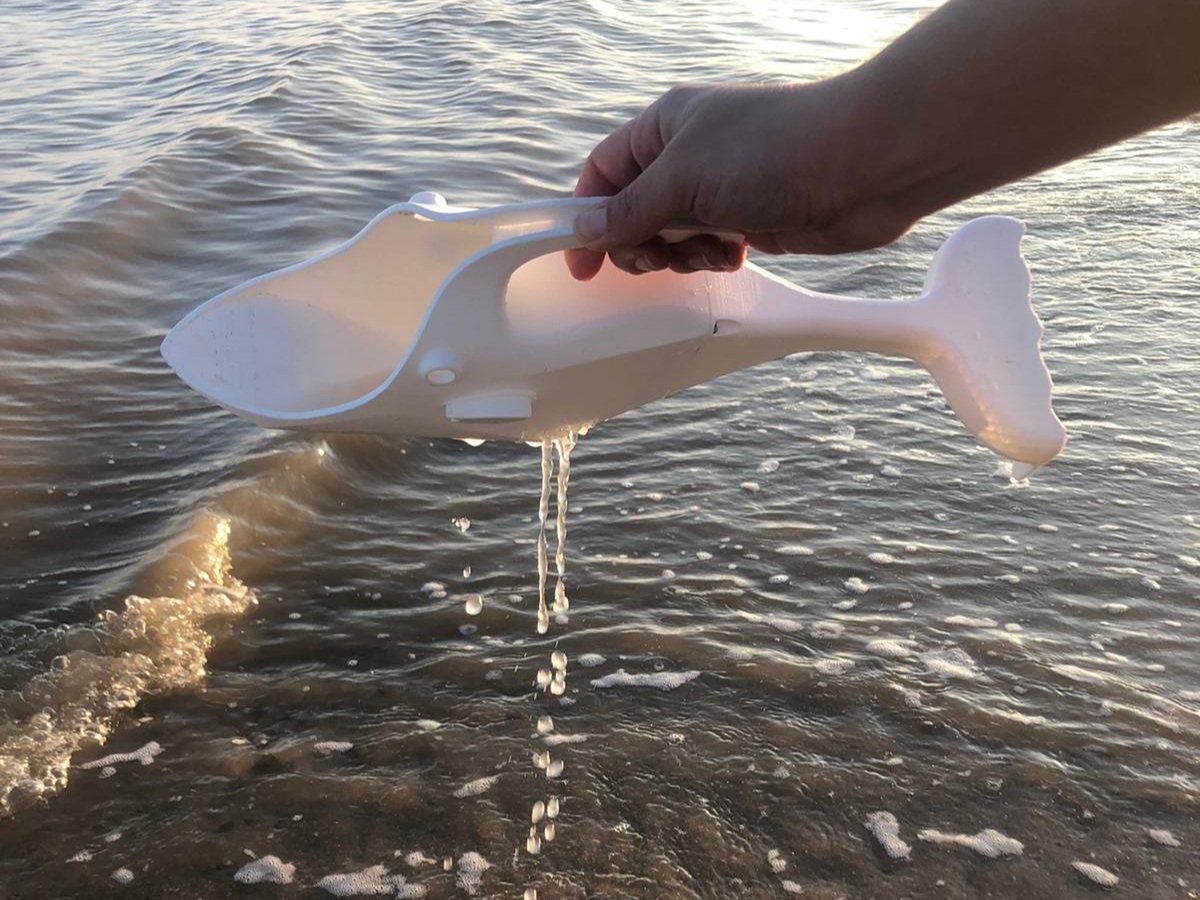
Read the full design report for a detailed review of the project, with proposed future work to improve the design and business case beyond University.












